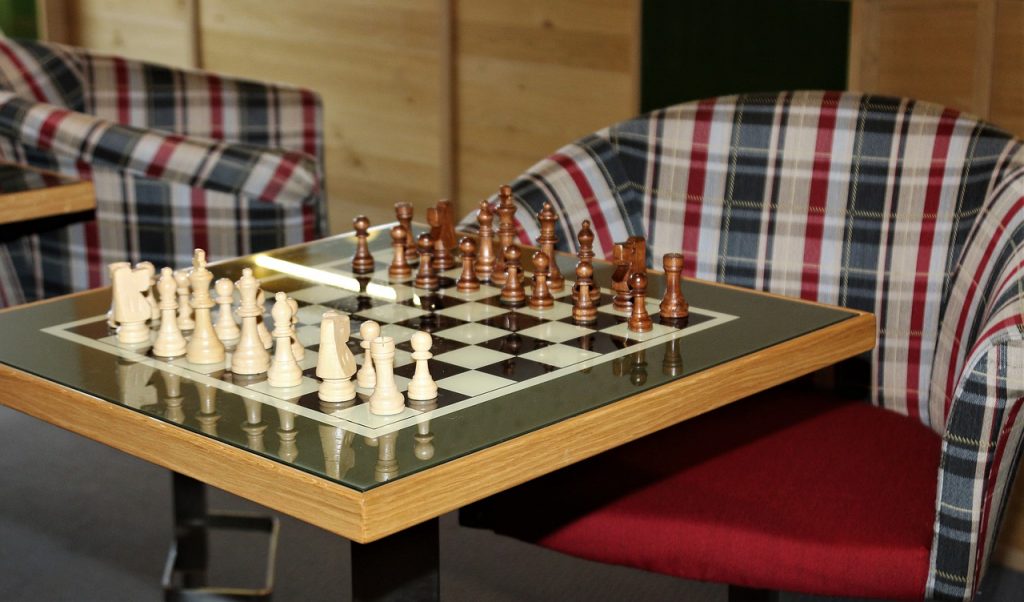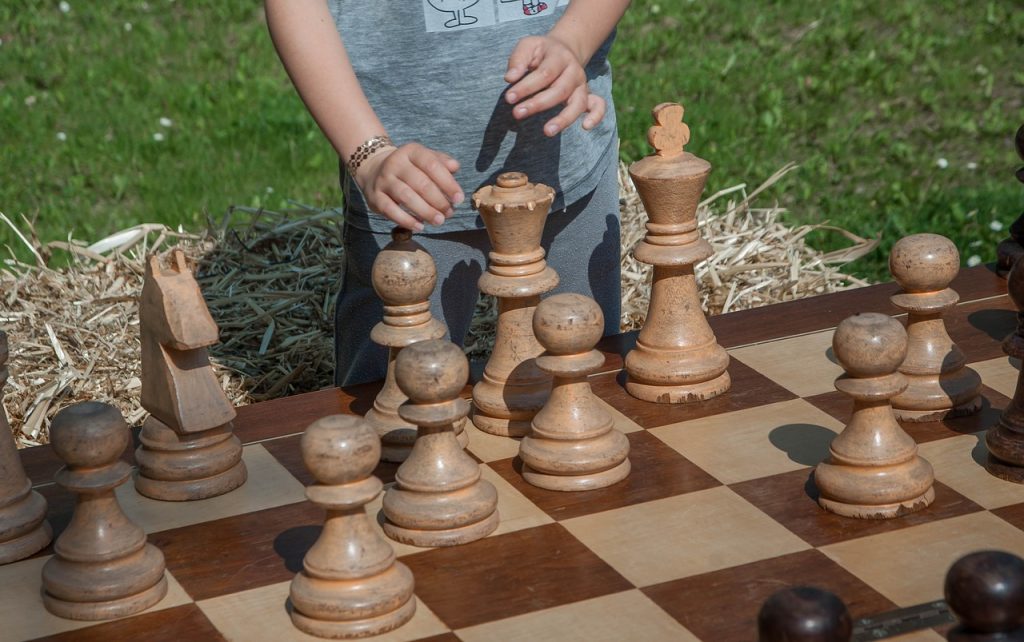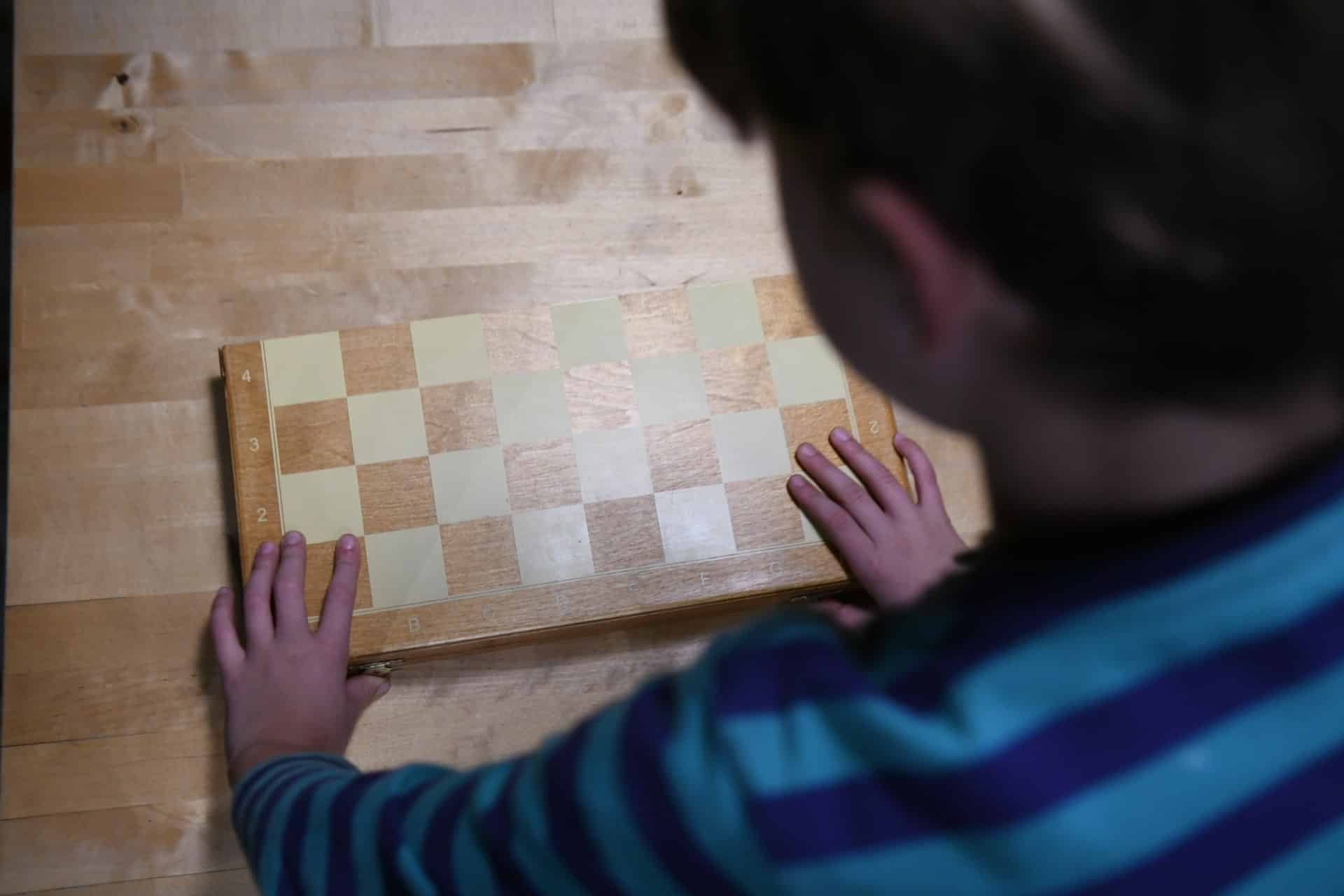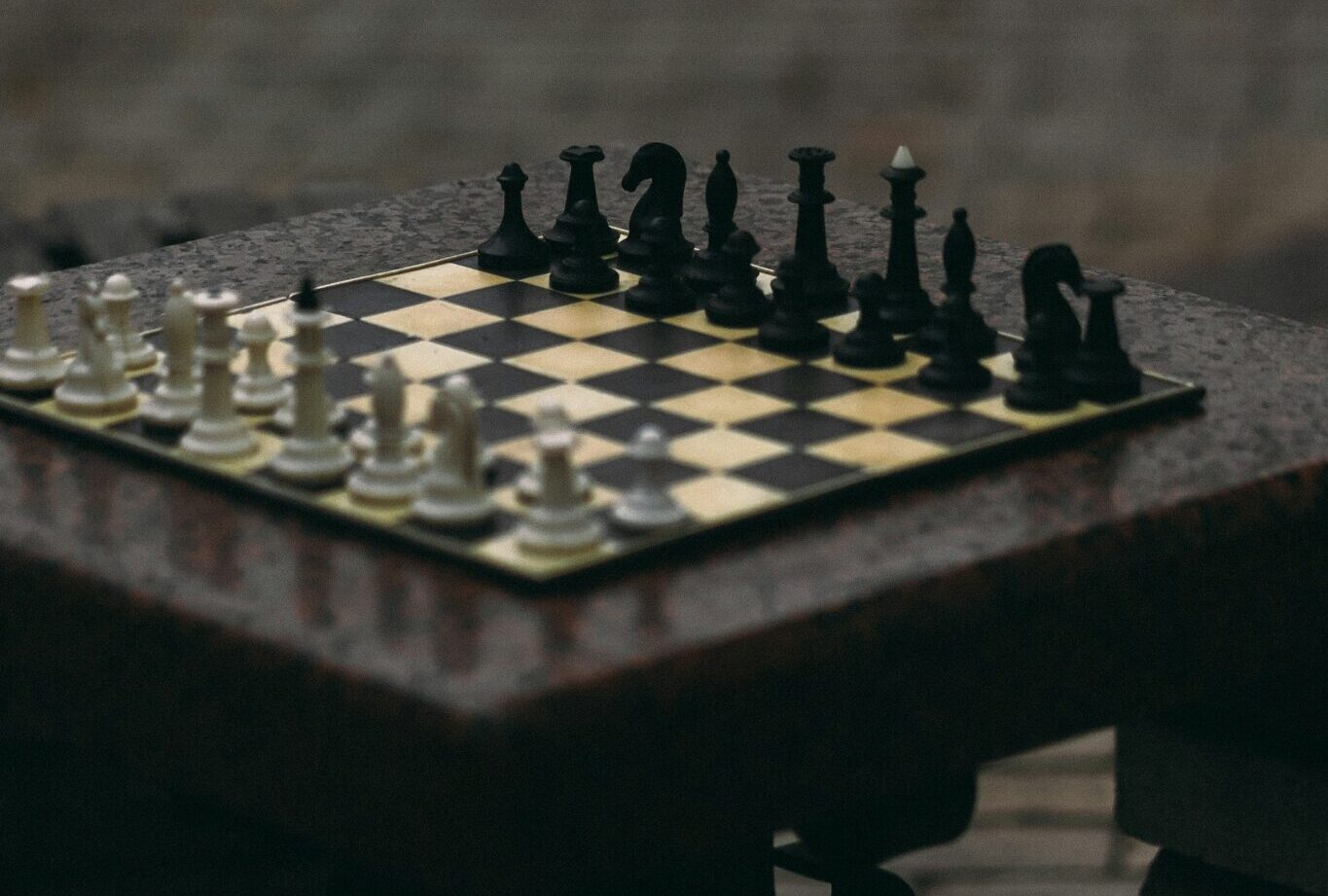Table of Contents
Philidor opening
The Philidor opening is one of the most interesting king’s pawn openings there are. Nowadays, the Philidor defense is not played too often, because of the more famous moves Nf6 or Nc6.
But the Philidor opening hasn’t lost any value in chess, it still offers good play for black. You can only see the potential of this defense if you know the ideas, and that’s what we will analyze today.
The Philidor was very popular in the old school chess, the idea of this opening is to get a solid system with black. Black will try to hold its center, configure an OK setup with the pawns there and attack the queenside.
The problem in most cases is that white can attack first the center, and normally its attack is stronger. Still, it doesn’t mean is easy for white to break up black’s position, who stands very well.
You can also take many maneuvers from other king’s pawn openings and apply them here. But the interesting thing about the Philidor is that the attack on the queenside may be strong too if white is not careful.
If you want to master the Philidor defense, make sure you read until the end.
The mainlines of the Philidor defense

The Philidor opening appears on the board after the following moves:
Solidifying your center. Here the move that you will see in most of the games is 3.d4 because is the only logical response to black’s play with d6.
After that there are many setups that we can use for the Philidor defense, we will explain how to play here. To make the analysis more organized we will divide them into the variation where black takes the pawn on d4 and variations where he doesn’t.
First, if black takes the pawn on d4 the game could follow this path:
And this is the main lines of the open Philidor.
This is pretty much a standard line, but there are some other options here too, for example putting your bishop on g7:
Which leads to an exciting game with opposite castles.
All of these lines are elemental theories, however, the move orders may change. So it’s more important to understand the positional aspects of the position than knowing the theory. Normally this kind of opening offers so many options that you can’t even rely on theory.
Now, we will take a look at the variations in which black doesn’t take the pawn:
Normally, when you don’t take the pawn in the Philidor defense it results in very positional games. Generally, doesn’t mean always, but the plans and structures that may arise from these variations are really complex.
For example:
It's one of the main lines in these cases. But there is another alternative, slightly different in the Philidor opening, you can play Nd7.
And you have a more conservative position. You will want to expand in the queenside with this opening. Now let’s talk about the ideas you may employ with the Philidor opening.
Plans and ideas of the Philidor opening

Mainly, in the Philidor defense, you will try to attack in the queenside as black, while you create misbalance in the center. Usually white will try to push e4 and grab more space in the center.
Black usually plays with c6, which is a thematic move, to push on b5, but in the mainline, you can see white avoids it with a4. However, you can take many setups here.
This is the kind of opening that doesn’t have a lineal way to be played, you can implement your own ideas too. It will also depend on what your opponent does, and what kind of positions you want to play.
If black finds a way to defend the attack in the center well, you can counter-attack in the queenside and get an advantage. The Philidor is to have some respect, because, as we will see in the following game, black can get serious initiative.
Sample games of the Philidor defense
Now we will have a look at a game played by the GM Daniil Dubov against the world champion Magnus Carlsen.
You may also like:






